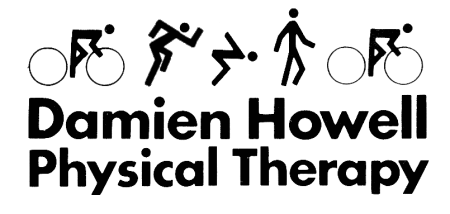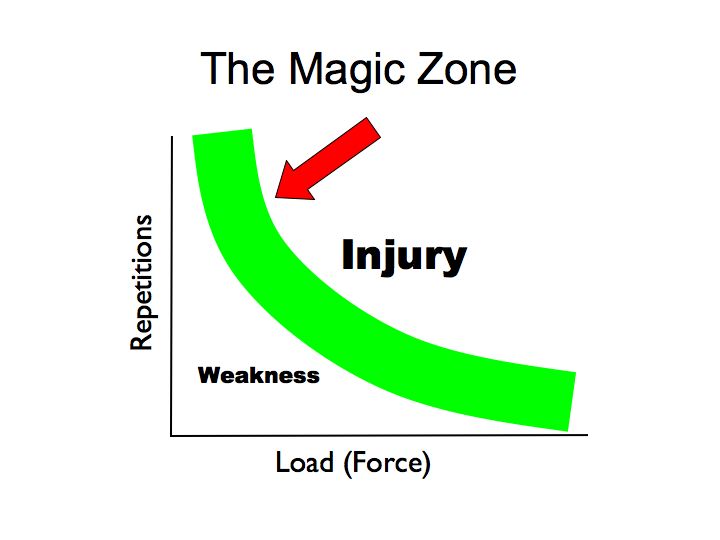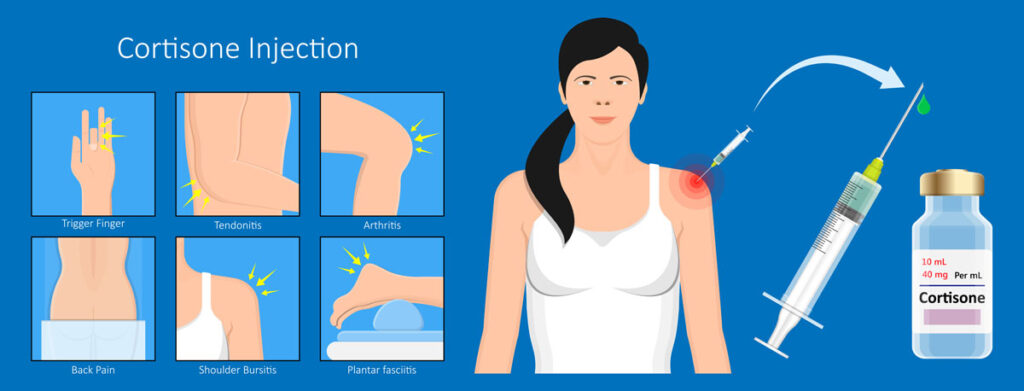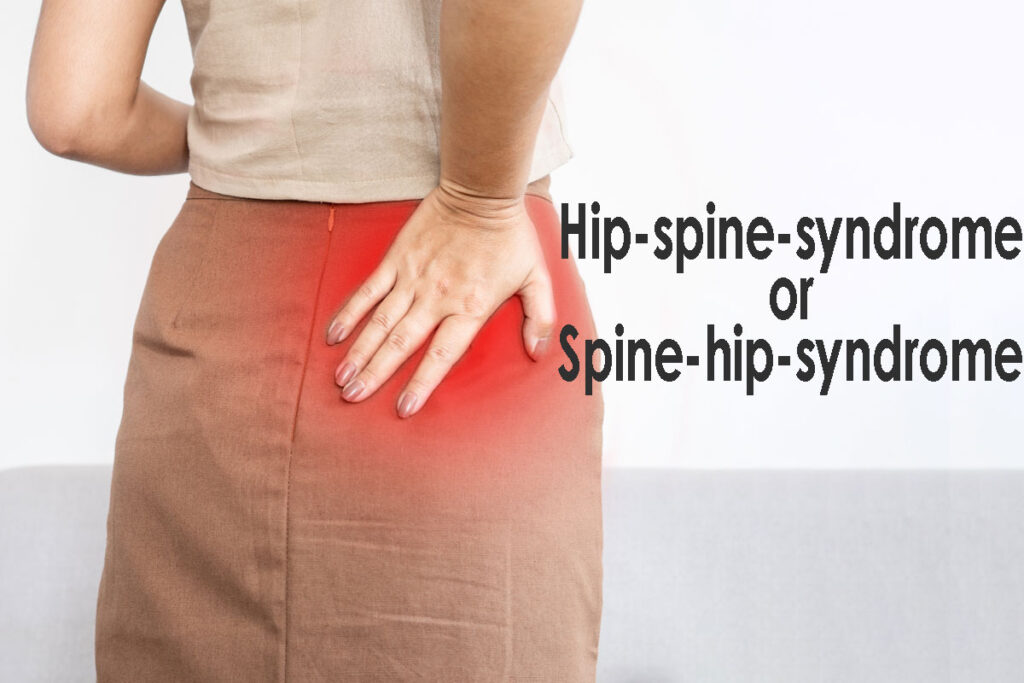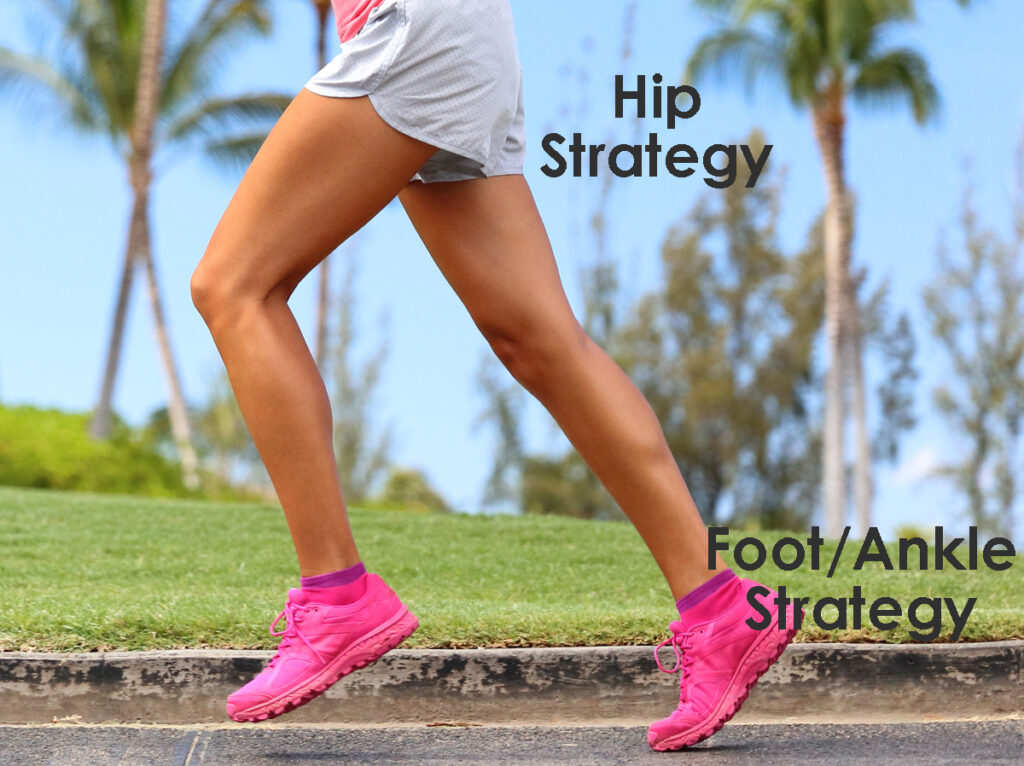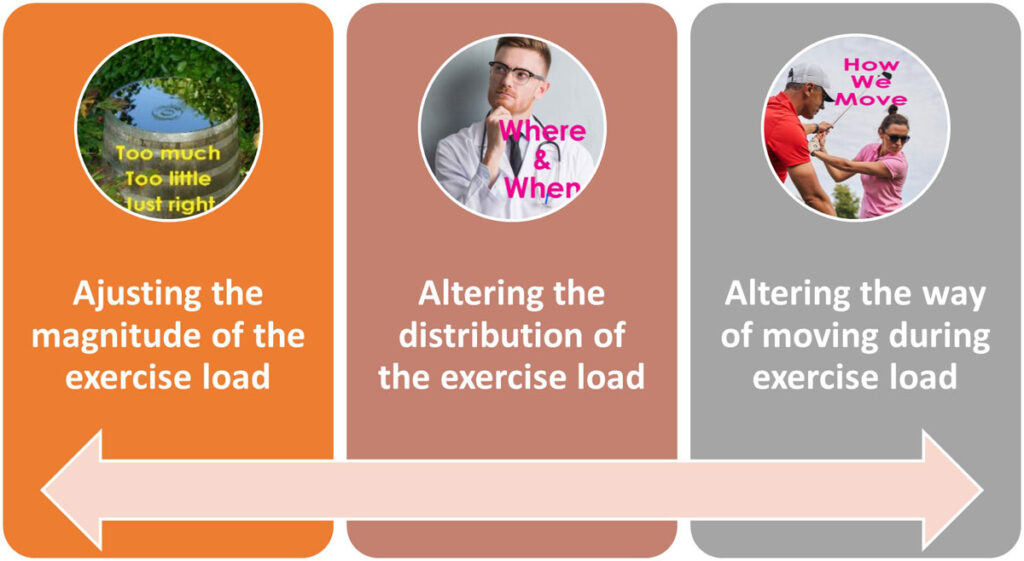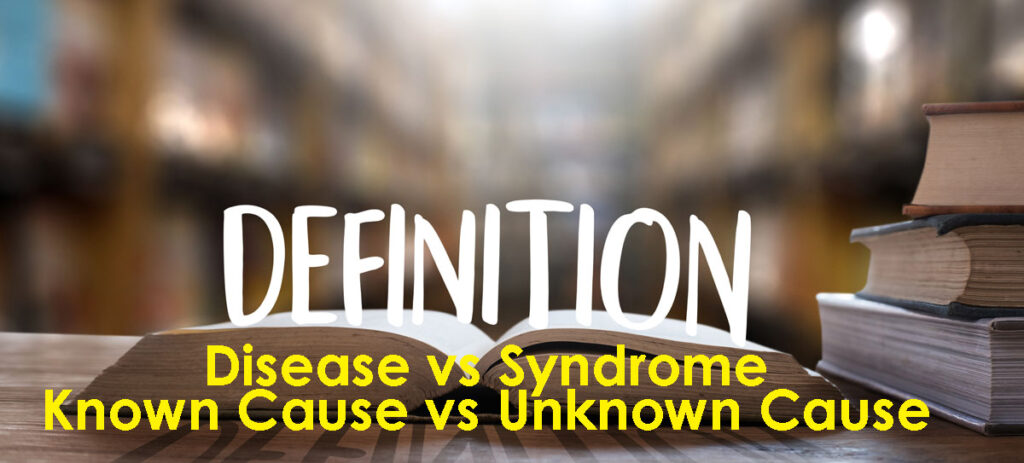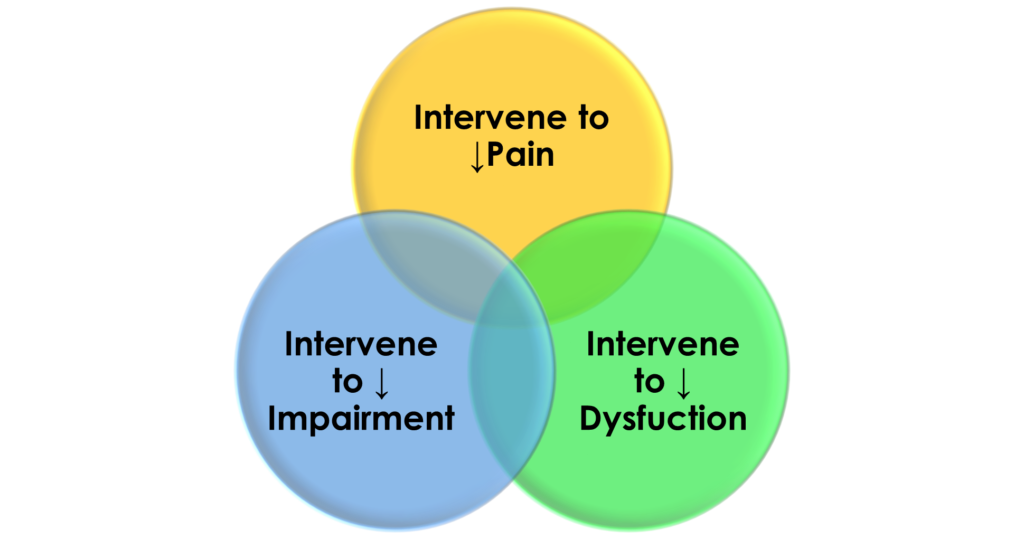Search results for: osteoarthritis
How does the natural progression of osteoarthritis influence the management of osteoarthritic flares?
Case Example: Over the last year, on several occasions, a patient has sought assistance for recurring flaring neck pain. Radiographs show moderate osteoarthritic (OA) changes in the cervical spine. A history of mild to moderate scoliosis of the spine has existed since childhood. Over the years, the neck pain has alternated from long periods of…
Read MoreOsteoarthritis – Bad News More Than Good News
Osteoarthritis occurs in a joint when there is more degeneration of the joint cartilage than regeneration of the joint cartilage. Cartilage is a soft tissue on the ends of bones. Cartilage provides a smooth surface to allow free movement of joint, provides a cushioning, and for joint stability. Cartilage tissue is poorly designed for repair…
Read MoreOsteoarthritis – Cartilage and Exercise
Osteoarthritis is primarily a degeneration, or wear and tear, of the hyaline cartilage that covers the end of the joint surfaces. Osteoarthritis occurs as a result of “the parents you choose” (genetic influence) or as a sequel to a prior joint trauma or injury. There is a great deal of information dealing with the…
Read MoreDownsides of steroid injections for hip pain – What 3 patients taught me
Three patients with chronic hip pain prompted me to dive deeper into the effectiveness and risks of the common intervention of corticosteroid injection for musculoskeletal pain syndromes. Patient A complains of difficulty lifting his leg to put his pants on when standing and difficulty lifting his leg to transfer into his car. He had a…
Read MoreHip-Spine vs Spine-Hip vs Both – 3 Case Examples Lessons Learned
An 80-year-young woman visited her primary care physician with “pain going down my leg”. She had difficulty grocery shopping, picking up her small dog. X-rays showed osteoarthritis in her lumbar spine, and she was diagnosed with “sciatica.” The doctor referred her to a spine surgeon, who ordered an MRI and gave her an x-ray-guided spinal…
Read More“Take my wife, please” – patient centered care consider significant others
After completing an initial Physical Therapy consult with a 62-year-old gentleman with osteoarthritis of the knee, I asked, “Do you have any questions, confusion, or concerns that we should go back over?” Before he could respond, a voice chimed in from the next room. “Tell him that you look like an old man when walking,…
Read MoreBalancing joint capacity and exercise load using synergistic muscle action
A key concept in managing and preventing hip pain is understanding the balance between the capacity of the joint to handle load and using exercise training load to increase the capacity of the joint. To modify movement, one can “load” it by adding external resistance. Or “unload” it by decreasing or eliminating external resistance. Or…
Read MoreAdjusting the exercise load to manage musculoskeletal pain syndrome
Adjusting the amount of exercise load involves seeking a balance between increasing or decreasing the load. Athletes and healthy individuals the bias is towards increasing the load to improve capacity and performance. For musculoskeletal injuries, post-orthopedic surgery, or musculoskeletal pain syndromes, the bias is towards decreasing the load to facilitate healing and recovery. Tactics to…
Read MoreUnderstanding the Nuances of Disease, Syndrome, & Uncertainty in Musculoskeletal Pain
Disease is a particular abnormal condition that adversely affects the structure or function of all or part of an organism and is not immediately due to an external injury. Syndrome is a group of symptoms that consistently occur together or a condition characterized by a set of associated symptoms. While disease and syndrome both involve…
Read MoreChoices of interventions for musculoskeletal pain syndromes: decrease pain, improve impairment, resolve dysfunction
There are multiple and varied interventions that can tackle the contributing factors of pain, impairment, and dysfunction that occurs with musculoskeletal pain syndromes. Pain impairs an individual’s ability to function Impairment is loss of use or derangement of any body part, organ system, or organ function. Dysfunction is an alteration of an individual’s capacity to…
Read More